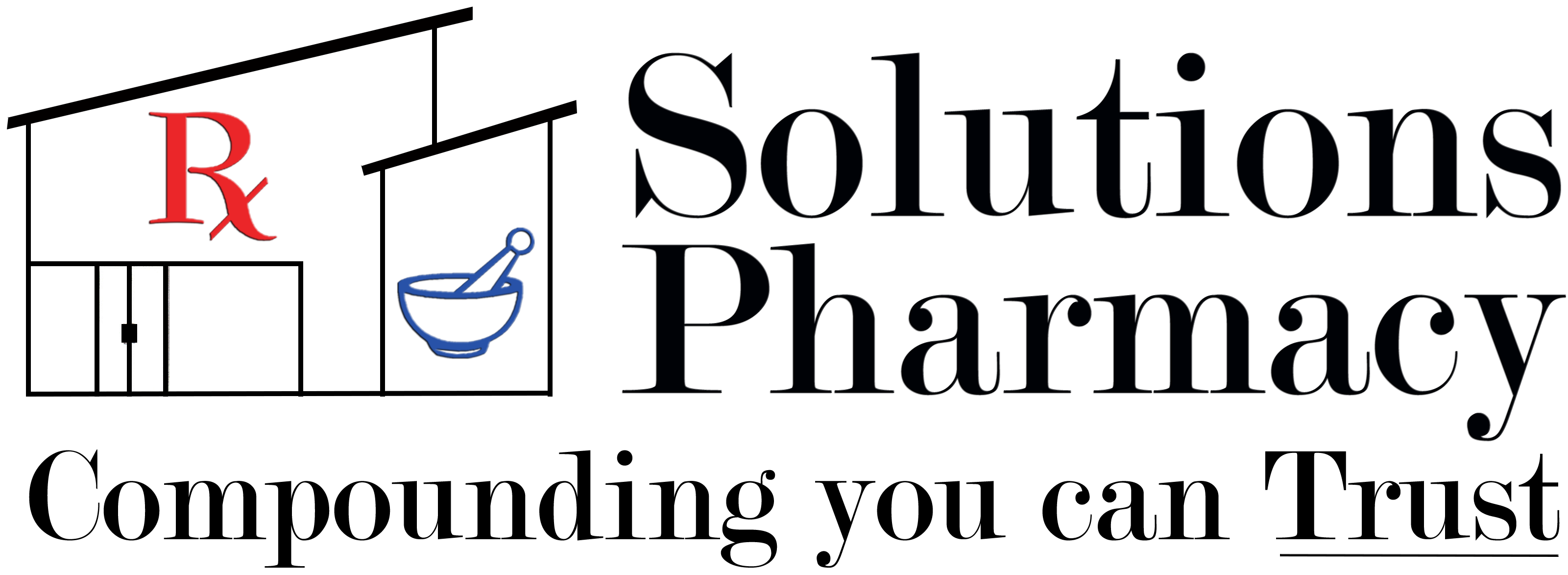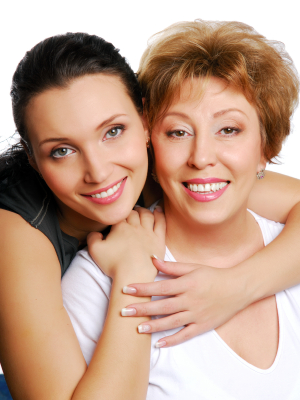Women's Health & HRT
![]()
What is Progesterone?
- Oldest known sex hormone
- Present in every human regardless of age
- Produced by the ovaries and adrenal gland
- Secreted by corpus luteum
- Has receptors in nearly every cell in the body
- Acts on uterus, kidneys, brain, smooth muscle, breasts, bones, and cellular membranes
- Metabolized to other active hormones
What are some of the functions and roles of progesterone in the body?
- Counteracts estrogen’s tendency to induce excess growth in the endometrial lining of the uterus
- Builds new bone tissue, leading to increased bone mass and density
- Necessary for maintenance of pregnancy
- Decreases uterine contractions
- Prepares and maintains uterine lining for implantation of fertilized egg
- Prepares breasts for lactation
- Assists in raising HDL-cholesterol levels (if combined with estrogen therapy) and ultimately reduces risk of heart disease. Synthetic progesterone (progestin) has an overall negative effect on HDL-cholesterol levels because it vasocontricts
What is the difference between “progestin” and “progesterone?”
The main difference is in the derivative. Progestins are synthetic (i.e. man-made) molecules developed to act like natural progesterone. Natural progesterone is a molecule that is plant derived and is bio-identical to the hormone produced in our bodies. Progestin’s do not have as broad a spectrum of activity as natural progesterone, and have a wide range of side effects. Whereas progesterone may cause some mild to moderate drowsiness, progestins can cause:
- Breast tenderness
- Acne
- Depression
- Vision changes
- Bloating
- Migraine headaches
- Thrombosis
- Decreased glucose tolerance
- Gastric regurgitation
Estrogen
There are the 3 bio-identical estrogens:
- Estrone (E-1)
- Estradiol (E-2)
- Estriol (E-3)
These three chemicals make up human estrogen. The estrogen that has the most volume in the body is estriol (60-80% of circulating estrogens), followed by estradiol and estrone (10-20% each). Estriol is thought to be the weakest acting hormone, but provides a natural hormonal balance in the body, whereas estradiol and estrone are thought be the stronger estrogens. The female body produces large amounts of estriol during pregnancy and has protective properties against such things as estrogen related cancers. Estradiol is the estrogen that can relieve vaso-motor symptoms the best. Estrone is the primary estrogen found in post-menopausal women. It stores itself in the body fat and has more known cancer properties.
What are the functions of estrogens?
- Promote proliferation and growth of specific cells in the body
- Responsible for development of most secondary sexual characteristics of the female
- Responsible for normal growth and development of female sex organs
- Provide maintenance of anti-aging mechanisms
- Protect against bone loss (but does not assist in the formation of new bone), heart disease, and other aging dilemmas
What can bio-identical estrogens be used for?
- Symptoms of peri-menopause and menopause
- Natural and surgical menopause
- Primary ovarian failure
- Infertility
- Osteoporosis
- PMS

